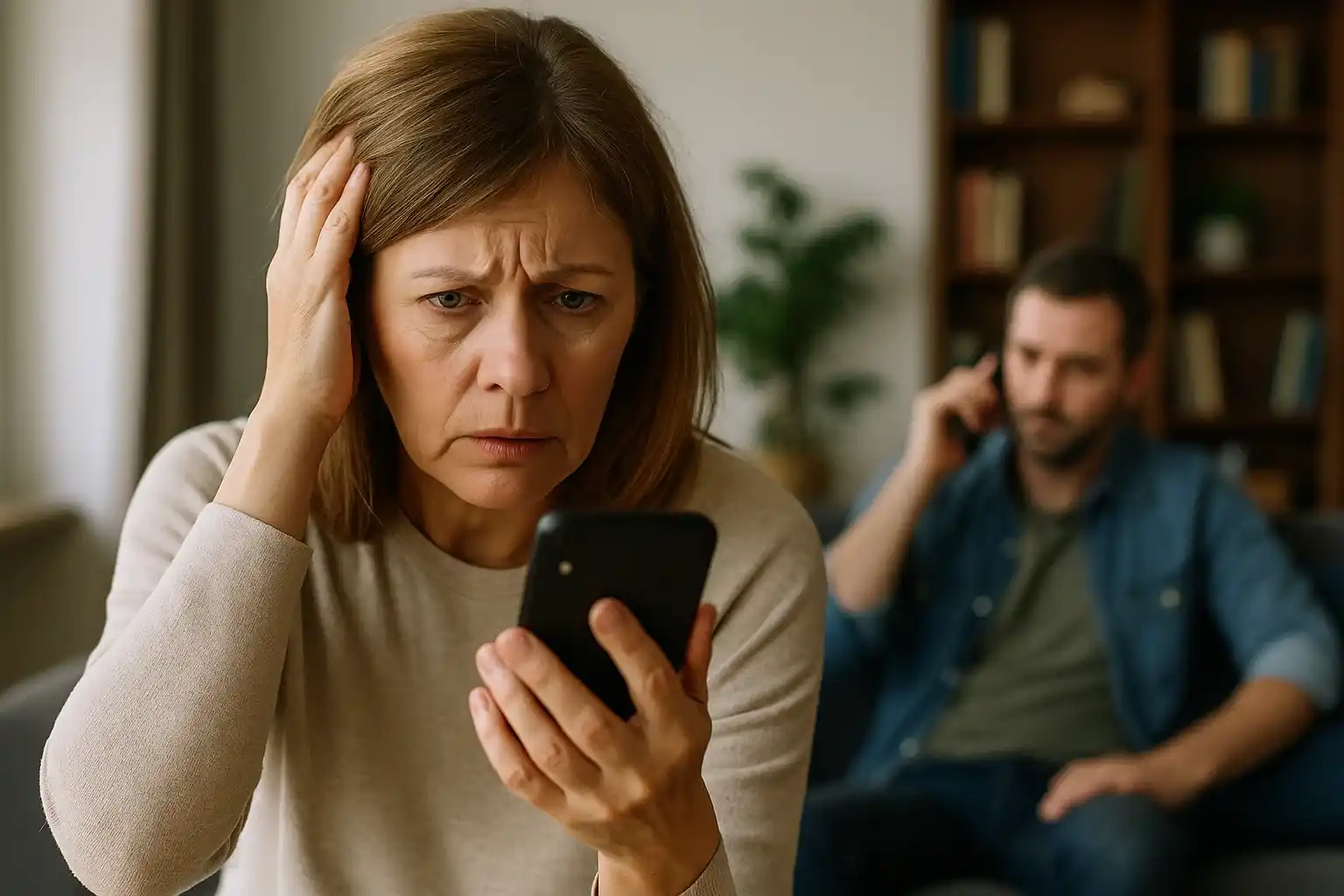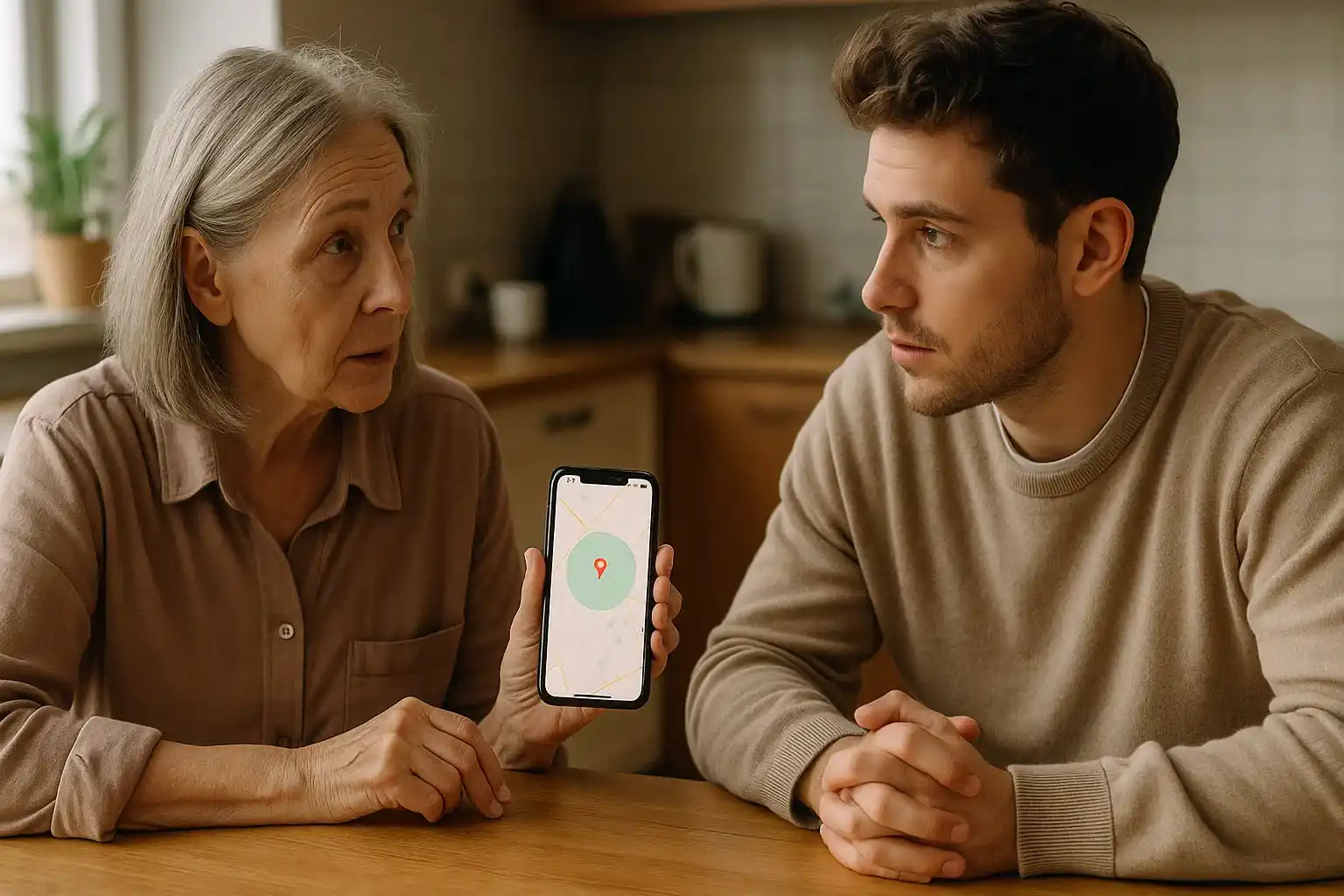Now the world is smarter – and more alarming, and today, you can track almost any device, set safe zones, and see travel routes. And you can even… fake coordinates in a couple of clicks due to gps spoofing detection programs that are increasingly popular not only for hackers or cybersecurity specialists – but also among teens, parents, partners who don’t want to be tracked.
Today, it is easier to observe than to trust. But the more technical options become available, the more the question becomes: where is the line between care and control? Especially when it comes to our closest loved ones – children, spouses, elderly parents. We want to keep them safe without suffocating them, to be near, not to watch. But how to do this right?
So, now we are going to talk about the subtle ethics of control in families and relationships. How to negotiate fair use of tracking without destroying personal boundaries. And how technology can become a point of mutual support rather than a tool of pressure. And what to do when anxiety is overwhelming, but it is important not to lose trust.
Monitoring Loved Ones: 5 Emotional and Ethical Points to Think About
Due to modern tech location tracking is just a tap away, thus the lines between safety, care, and control have started to blur. What begins as a thoughtful attempt to stay connected can quietly drift into over-monitoring – not out of malice, but out of fear. That is why you need to ask yourself the right questions before, during, and after you decide to track someone you care about.
Why Do We Want to Track at All?
Let us be honest – we track because we care. But sometimes, care comes bundled with fear. Be it your child walking home from school, a partner stuck in traffic, or an elderly parent out alone, that quiet voice in your head starts asking: “Where are they?” “Are they safe?”
Today we have easy access to constant alerts and breaking news,thus it does not require time to slip into worry mode. Every story of danger feels closer than it is and so, tracking becomes a kind of modern reassurance – a digital option to check and calm down when our minds run wild.
Here are a few reasons people turn to location tracking:
- To know kids made it to school or home safely.
- To stay calm during a partner’s delayed commute.
- To support elderly parents who may get confused.
- To coordinate plans with ease (with no “Where are you?” texts).
- To feel closer, even from far away.
And it seems that for you a security issue is the top priority, so tracking others can’t be a bad thing, right? (Or is that not quite true?). Well, according to Pew Research, 53% of parents who use location-sharing apps say they do it for peace of mind, not because they distrust their children.
The intention is often love. But intention is not everything – action matters. If we don’t pause to check why we are tracking our dearest, even loving concern can quietly turn into digital surveillance. So, now try this gut check before opening a tracker: “Am I looking for something specific – or just trying to soothe my own nerves?”

Consent and Clarity: The Golden Rules of Digital Boundaries
If trust is the foundation of any close relationship, consent is its front door. Without it, even the best technology becomes invasive and the possibility of secretly tracking someone – even with good intentions – is like opening their mail. You are crossing a line, whether they ever find out or not.
Thus, you should start with open conversation: don’t frame tracking as control – frame it as care, and remember your focus. For example, sentences like “I need to know where you are” can feel suffocating, but “I’d feel better knowing you got home safe” invites trust. The message stays the same, but the tone makes all the difference.
Honest tip: Before installing any tracking app, agree on it together. Talk about boundaries – when tracking is okay, and when it’s not and set check-in routines that work for both of you. One more time: the goal is not to monitor; it is to feel mutually supported.
Tracking That Helps Both Sides: How Number Tracker Reduces Anxiety
Tracking isn’t the problem itself, as the issue in how you use it. When both people agree, it stops being surveillance and becomes something else entirely: peace of mind.
Just imagine the following: you call your partner after work. No answer. Twenty minutes later – still nothing. Your heart rate picks up. Are they okay? Did something happen? Your brain fills in the blanks with worst-case scenarios.
But then you check your shared tracking app. You see they are still at the office. Or stuck on the highway. Instantly, the stress drops. That’s the power of respectful tracking – it prevents a panic spiral and replaces it with quiet understanding.
And tracking apps, for example, Number Tracker is designed exactly for that kind of peace of mind. And it’s not just a dot on a map, it is a set of features that protect both people in the relationship:
- Safe places feature may notify you when someone enters or exits a “safe zone” like school, work, or home.
- Route history helps you understand how someone got from point A to point B.
- Shared maps offer mutual visibility – no one-sided checking.
- Privacy-first strategy means data is securely stored, and tracking without consent is impossible. Number Tracker is built around ethical use – no hidden monitoring allowed.
- Built-in AI assistant can analyze movement trends and suggest smarter routes, travel safety tips, or even help optimize commutes during busy hours.
Real-life insight: A couple who works in separate cities uses shared location tracking only for late-night travel. “We never use it to check where the other person is,” one of them explained. “It’s just a backup in case someone doesn’t call, I can still sleep without imagining the worst.” This is the example of how healthy tracking looks: invisible when everything’s fine, essential when it’s not.
The Red Line: When Tracking Becomes Too Much
But there is another side to this coin. What if checking becomes compulsive? What if location sharing starts generating more drama than it prevents? In the table below you can see a subtle tipping point – one that often sneaks up without warning.
| Red Flag | What It Might Mean |
| Constant checking without reason | You’re using tracking to soothe anxiety |
| Confrontations based on location | Trust is starting to erode |
| Feeling guilty for turning off GPS | Pressure has replaced consent |
| Emotional reactions to delays | You’re building stories from silence |
Thus, if you find yourself staring at a map more than talking to your partner, it’s time to pause. Tracking should reduce tension – not feed the imagination with fear.
Tip to reflect: Before checking the app, ask yourself: What am I hoping to feel better about? If there is no real need, maybe it’s your emotion (not the location) that needs addressing.

Building Trust Without the Map: Special Rituals Instead of Tracking
Not every relationship needs a digital trail to feel safe. In fact, many couples and families find that stepping away from constant tracking helps them rebuild something deeper: trust by choice, not by monitoring.
Let us be honest – it feels good to “know.” To see a blue dot on the map and feel reassured. But what if that same reassurance came from a different place – a place of mutual agreement, not constant observation?
That is where trust rituals come in. These are intentional habits you and your loved ones create to stay connected without always relying on a GPS signal.
It might be:
- A simple “Made it!” message after arriving home
- A regular lunchtime check-in call during a busy week
- A shared calendar with important appointments so there are no surprises
- Or even a “safe emoji” – something like 🌻 or 🟢 that means “I’m okay” without words
What is powerful about these rituals is that they encourage presence. They ask you to engage emotionally, not just digitally. And for people who feel overwhelmed by location sharing, they offer breathing room without losing all connections.
Try it: To gain a peace of mind without constant tracking just plan a “no-tracking Sunday.” Disable live location sharing for a day and instead use your own ritual to see how it feels. You might discover that it builds more communication, not less – because you are reaching out, not just checking in.
Contact Instead of Location
If location becomes more important than presence in a relationship, then it’s time to go off route. You need to understand that trust is not about turning off GPS, but about turning on dialog. So, don’t be afraid to talk, even when you can see everything on the map – because no tracker can replace the voice that says “I’m home, don’t worry”.





